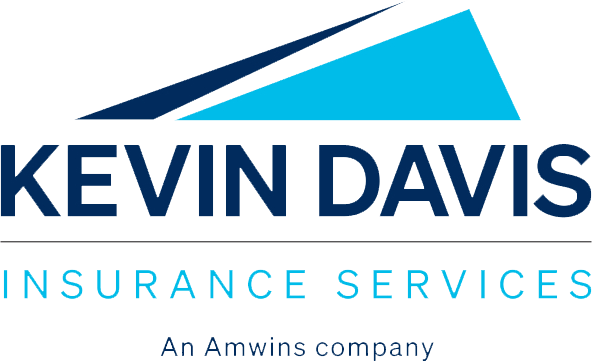
As a community manager, one of the most important aspects of your position is to ensure that your community association has comprehensive coverage for any situation that may arise. That said, statistics show that only about half of the community associations renew their insurance policies, and of that half, only about 25% will go on to maintain adequate coverage.
In some cases, the responsibility of community association management changes hands frequently enough that the association doesn’t even know what kind of coverage they have—which is why community managers should check in at least once a year, before an accident or disaster happens, to ensure that their community has proper coverage for any possible type of issue.
Here are four steps you can take to ensure comprehensive coverage for your community association:
Determine the Basic Requirements
The first step is to determine the basic requirements for insurance coverage that applies to your community association. Consult your governing documents, including CC&Rs, bylaws, and rules, for any mention of insurance requirements that are specific to your community.
You’ll also need to become familiar with your state laws, which may have different requirements on top of your association’s requirements. This will give you a good minimum starting point for insurance coverage.
Perform a Risk Assessment
Part of a successful community manager’s job is to foresee any problems before they happen. This is done by identifying potential problems—risks—and implementing methods to lessen these risks before they can cause major losses.
Performing a risk management assessment will help you determine all potential risks for your community, and which options you have to mitigate them; including insurance options, maintenance or replacements, and more. If a preventable accident occurs in the community, your association could be liable for actions it did or did not take, so it’s vital to uncover and alleviate as many hazards as possible.
Match Community Needs to Coverage
Once you have your basic needs identified and your risk assessment is completed, you can use this information to determine the types of insurance coverage you should have for your community. Your association should have a variety of different types of coverage, which depending on its needs may include:
- Property and casualty insurance to cover damage to structures, buildings and other types of property in the event of fire, vandalism or theft, hurricanes, tornadoes and other natural disasters.
- Comprehensive general liability insurance for cases where someone has or claims to have suffered an injury on association property.
- Directors’ and officers’ liability insurance to protect officers and trustees from being held liable when performing their duties for the Association. It covers board members when they err without malice, but does not cover acts of willful wrongdoing.
- Workers’ compensation insurance is necessary to cover volunteers, board members or other individuals that give their time to the Association without pay in the event that one of them is injured while performing their duties.
- Fidelity insurance is a type of liability insurance that can provide reimbursement for theft from an HOA by employees, volunteers, and others.
Talk to an Expert
Your insurance agent should work closely with you to listen to the needs of your community and help you choose the right coverage for the needs you’ve identified. With the right agent, you should feel confident that your association is prepared for almost any situation.
About Kevin Davis Insurance Services
For over 35 years, Kevin Davis Insurance Services has built an impressive reputation as a strong wholesale broker offering insurance products for the community association industry. Our President Kevin Davis and his team take pride in offering committed services to the community association market and providing them with unparalleled access to high-quality coverage, competitive premiums, superior markets, and detailed customer service. To learn more about the coverage we offer, contact us toll-free at (877) 807-8708 to speak with one of our representatives.


